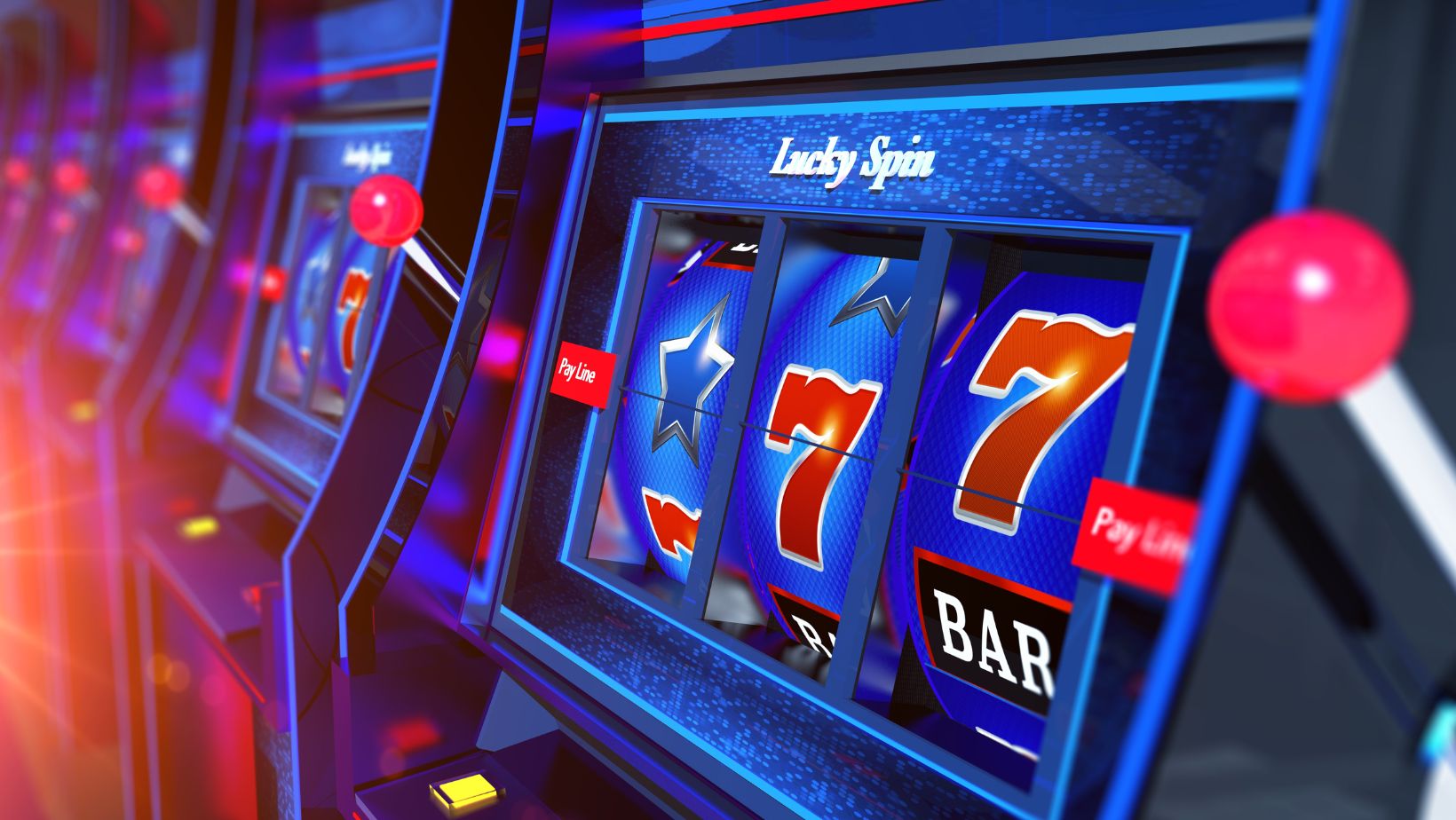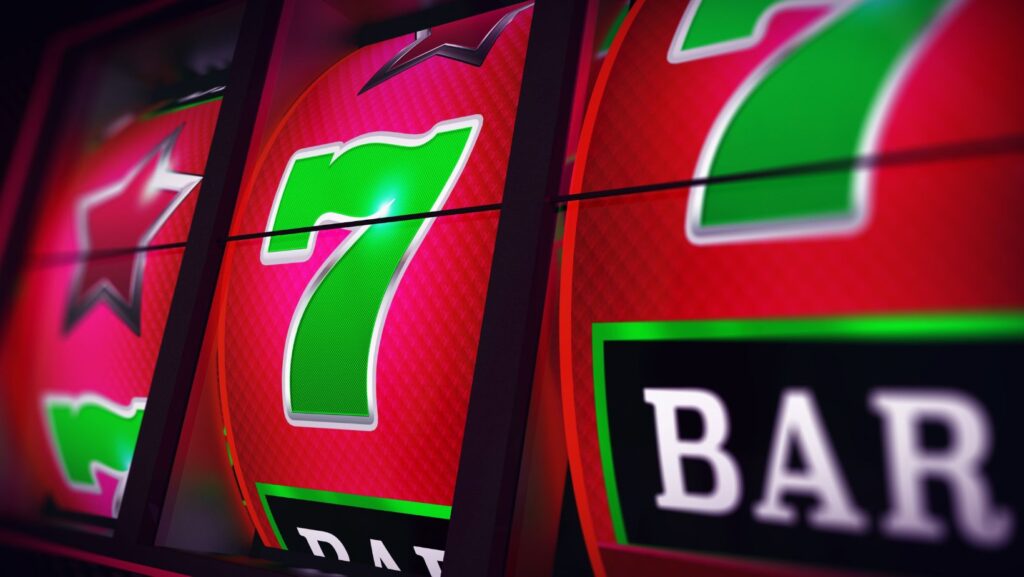Most people jump into a slot because it looks fun or the bonus round seems wild. Then they wonder why the game eats their balance or feels boring after ten minutes. Once I started looking at RTP and volatility first, I stopped picking the wrong games for my mood. Stick around, and I’ll tell you more.
One casino I found that ties RTP and play style together well is RollXO. It offers an array of games from big-name providers, all grouped with clear navigation so you can filter by what matters most. Add in instant crypto and card payments, and it’s easy to jump between low-risk slots and high-variance chasers.
RTP – The Real Payout Math
RTP stands for a return-to-player rate – the percentage of money a slot pays back over time. But the first mistake players make is reading it too literally. A 98.2% payback rate doesn’t mean if I spin €100, I’ll always walk away with €98.2. What it really means is that across millions of spins, the game pays back 98.2% on average. My short session might swing way above or below that line.
I once played Starburst, which has a 96.1% RTP. I got tons of little wins, but they barely added up. Then I switched to Dead or Alive 2, which has almost the same RTP. On paper, they should feel similar. But in practice? Dead or Alive 2 drained me fast until one free spins round dropped in and paid 200x my bet.
How I use RTP: I won’t bother with slots below 95% unless the feature is insane. If two games catch my eye, I’ll pick the one with higher payout percentage.
Volatility – The Risk Factor
Volatility (or variance) tells you how often winning combos land and how big they can be. Low-volatility slots give you small but steady wins. High-vol slots can eat 100 spins in a row, then drop a monster payout.
Take Book of Dead. It’s high variance. I’ve had sessions where 200 spins gave me nothing but dead reels, then suddenly the bonus hit for 300x. Compare that to something like Fruit Shop, which is low volatility. You’ll rarely see a 300x win there, but you’ll hit regular 5x or 10x payouts that keep you spinning.
Some days, I want a slow game with constant little hits so my balance lasts. Other days, I want the thrill of chasing that one huge payout, even if it means risking a fast bust. Volatility tells me which slot will match that mood.
Quick trick: you don’t always need the info sheet. If a game advertises massive jackpots and multipliers, it’s high volatility. If it’s all about frequent free spins and lots of paylines, it’s usually low or medium.
RTP + Volatility Together
I once tested a slot with 97% RTP but low volatility. It gave me steady wins, but the max payout was only 500x. Fun for casual play, but no real thrill. Players who want to compare different payout setups can also look at platforms like freeslots99.com/online-casinos/nevada777-casino/, which lists detailed casino breakdowns to help spot the right mix of RTP and volatility before playing.

Then I played a 95% RTP high-variance slot with 10,000x potential. I lost more sessions overall, but the one big bonus hit covered weeks of small losses.
So how do I decide? If I’ve only got €20 to kill some time, I’ll lean toward a high-RTP, low-volatility game so I can play longer. But if I’ve saved up a bigger balance and I’m in “go big or go home” mode, I’ll take the high-volatility option, even if the payout rate is slightly lower.
How I Choose What to Play
Before I touch a new slot, I go through a quick process:
- Check the payout percentage – under 95%, usually a skip.
- Check variance – high or low? Depends on my goal.
- Test in demo – 50 to 100 spins just to see how it feels.
Here’s how I split it:
- Low-volatility slots – I use them when I want to stretch a session. Maybe I’ve got an hour and don’t care if the wins are tiny. Think games like Thunderstruck II.
- High-variance slots – I use them for bonus hunts or when I’m chasing jackpots. My go-to is Money Train 4. You’ll burn faster, but the upside is huge.
- Matching slot type to mood changed everything for me. Before, I’d play whatever looked cool and wonder why it didn’t “fit.” Now I know: some slots are slow burners, others are all-or-nothing.
Common Player Mistakes
Let’s call out the biggest traps:
- Thinking higher RTP = better chance today. Wrong. RTP is the long game, not the short spin.
- Ignoring volatility. That’s how balances vanish faster than expected.
- Choosing only by theme. A cool Viking design won’t save you from 200 dead spins if it’s ultra-high volatility.
- I’ve made all these mistakes. The lesson: always peek at those two numbers before you commit.
Wrap-Up: Numbers That Save You Headaches
RTP is the math that runs in the background. Volatility is how the game feels in your hands. When you check both, you know if a slot will be chill, steady, or brutal and explosive.
So before your next spin, check the RTP and variance first. It takes 10 seconds, but it can save you hours of frustration.

